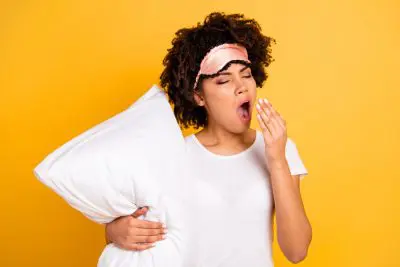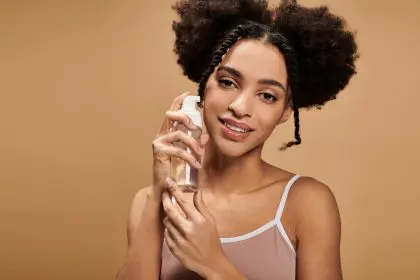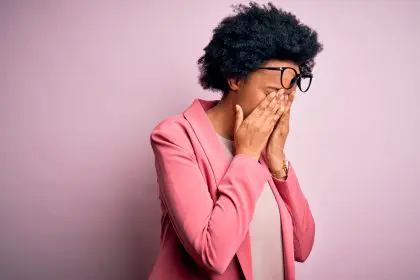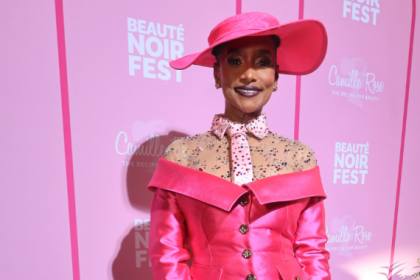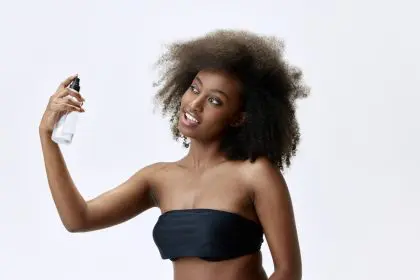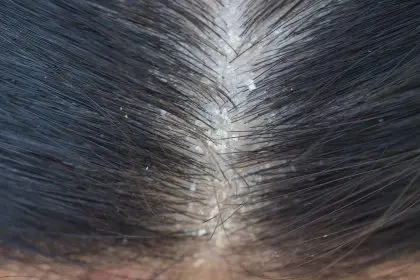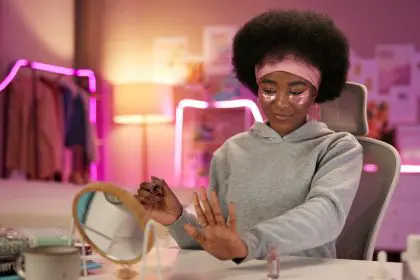Hair loss is a common concern for both men and women. Various factors, including genetics, hormonal changes, stress, and scalp conditions, can cause it. While there’s no one-size-fits-all solution, numerous hair loss products claim to address thinning hair and promote regrowth.
But with so many options available, it can be overwhelming to choose the right one. Here’s a look at five of the most popular hair loss products, their purported benefits, and what you might expect:
1. Minoxidil
Minoxidil is the most widely recognized hair loss treatment. It’s an FDA-approved topical medication available over the counter in various brand names like Rogaine. Minoxidil is believed to work by increasing blood flow to the scalp and stimulating hair follicles to promote hair growth.
How it works: Minoxidil comes in liquid or foam formulations and is applied twice daily to the scalp. Research suggests it may be most effective for vertex (crown) hair loss in men, slowing hair loss and promoting some regrowth.
What to expect: Results with minoxidil can take several months to become noticeable, and consistent use is crucial for maintaining benefits. It’s generally well-tolerated, but some users may experience scalp irritation, itching, or dryness.
Important to know: Minoxidil is not practical for everyone, and it’s not recommended for pregnant or breastfeeding women.
2. Finasteride
Finasteride is another FDA-approved medication specifically for male pattern baldness. Unlike minoxidil, it’s a prescription pill and works by blocking the conversion of testosterone into dihydrotestosterone (DHT). DHT is a hormone that can shrink hair follicles and contribute to hair loss.
How it works: Finasteride is taken once daily. Studies show it can effectively slow or stop hair loss and may even promote some hair regrowth in men with male baldness.
What to expect: Similar to minoxidil, it may take several months to see results with finasteride, and consistent use is necessary. Potential side effects include decreased libido, erectile dysfunction, and reduced ejaculate volume. It’s essential to discuss these possibilities with a doctor before using finasteride.
Important to know: Finasteride is not for women and can cause congenital disabilities if a pregnant woman comes into contact with the medication.
3. Hair Loss Shampoos and Conditioners
Hair loss shampoos and conditioners are readily available over the counter and are often marketed to promote thicker, fuller-looking hair. While they may not directly regrow hair, these products can improve hair health and reduce shedding.
How they work: Hair loss shampoos and conditioners often contain saw palmetto, biotin, caffeine, and ketoconazole. Saw palmetto may block DHT, while biotin is a B vitamin that supports healthy hair growth. Caffeine may stimulate scalp circulation, and ketoconazole is an antifungal ingredient that can help with dandruff, sometimes contributing to hair loss.
What to expect: These shampoos and conditioners can improve hair manageability, strength, and shine. However, significant hair regrowth is unlikely.
It’s necessary to know that results with hair loss shampoos and conditioners can vary depending on the ingredients and the severity of hair loss. Please be sure to look for reputable brands formulated for your specific hair type and concerns.
4. Hair Toppers and Hair Systems
Hair toppers and hair systems are non-surgical solutions for concealing hair loss. Hair toppers are partial hairpieces that clip or attach to existing hair, providing more volume and coverage in thinning areas, particularly at the crown or hairline. Hair systems, or wigs or weaves, are complete hairpieces covering the entire scalp.
How they work: Hair toppers and hair systems come in various styles, materials (including synthetic or human hair), and attachment methods. A stylist can help you choose the right system for your needs and ensure a natural look.
What to expect: Hair toppers and systems can provide immediate results in concealing hair loss and creating a fuller head of hair. However, they require maintenance, such as styling and cleaning, and may not be suitable for everyone, especially those with active scalp conditions.
It’s necessary to know that the cost of hair toppers and systems can vary depending on their quality and complexity. Consult a reputable hair loss specialist or stylist to ensure a good fit and natural-looking results.
5. Scalp Micropigmentation (SMP)
Scalp micro-pigmentation (SMP) is a cosmetic procedure that creates the appearance of a shaved head or adds density to thinning hair. It involves tattooing tiny dots on the scalp to mimic hair follicles.
How it works: A trained SMP practitioner uses a specialized tattoo machine to deposit pigment into the scalp’s top dermis layer. The procedure is typically done in multiple sessions to achieve the desired density and hairline design.
What to expect: SMP can create a realistic buzz-cut look or add density to thinning hair, making it appear thicker and fuller. Results can last several years, but touch-ups may be needed over time.
Important to know: SMP is a cosmetic procedure, not a hair loss treatment. Choosing an experienced and qualified practitioner is crucial to ensure a natural-looking result. SMP may not be suitable for everyone, especially those with scalp conditions or unrealistic expectations.
Choosing the Right Hair Loss Product
There’s no single “best” hair loss product, as the effectiveness depends on the cause and type of hair loss you’re experiencing. Here are some tips for choosing the right option for you:
- Consult a dermatologist or trichologist: A doctor specializing in hair loss can diagnose the cause of your hair loss and recommend the most appropriate treatment options.
- Consider your hair loss type: Men and women experience hair loss differently. Understanding your specific pattern will help narrow down potential solutions.
- Be realistic about expectations: No product guarantees complete hair regrowth. Hair loss treatments are often most effective at slowing down hair loss and promoting some regrowth, but results can vary.
- Maintain a healthy lifestyle: Stress, diet, and sleep can all impact hair health. Maintaining a balanced diet, managing stress, and getting enough sleep can improve hair health.
Remember, consistency is key with most hair loss treatments. It can take several months to see noticeable results, and ongoing use is often necessary to maintain benefits.
Conclusion
Hair loss can be a frustrating experience, but there are options available to help you manage it. By understanding the different types of hair loss products and their potential benefits, you can work with your doctor to develop a personalized treatment plan to address your needs.
This story was created using AI technology.


